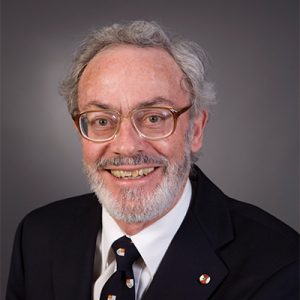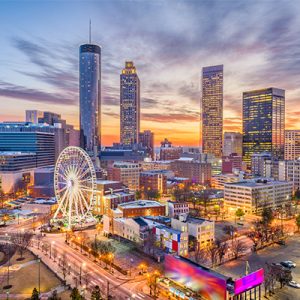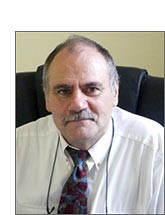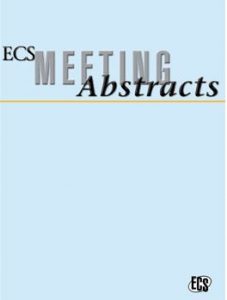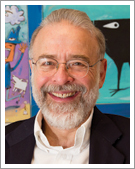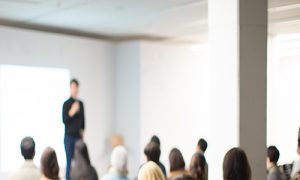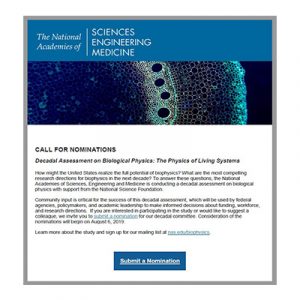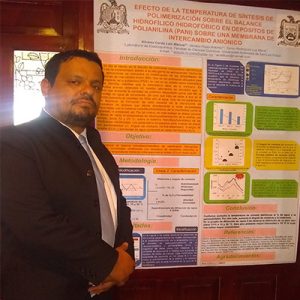
LUIS MANUEL ALVAREZ CERDA received the prize for the best doctorate poster.
The XXXIV National Congress of the Mexican Society of Electrochemistry (SMEQ) and 12th Meeting of the ECS Mexico Section—held this June in Santiago de Querétaro, Mexico—honored Luis Manuel Alvarez Cerda for his work, titled, “Effect of the Polymerization Synthesis Temperature on the Hydrophilic/Hydrophobic Balance in Polyaniline Deposits (PANI) on an Anion Exchange Membrane.”
Each year, SMEQ hosts a poster session which awards prizes by degree (bachelor’s/master’s/doctorate). Alvarez took home the main prize for the best doctorate poster, which includes the opportunity to present at a future ECS biannual meeting.
About Luis
Luis Manuel Alvarez Cerda, chemist since 2005, received his master’s degree in chemistry in 2007. In 2008, the chemistry company Igcar de México/Produquímicos Industriales hired Luis Alvarez to work in the L&D department where he developed more than 30 new products and more than 50 new raw materials until 2017.
(more…)
 Success in the industry takes more than a passion for science—it requires staying up to date on industry trends, presenting and publishing your research, and expanding your network. Not only will you find all of this at an ECS meeting, but a little preparation goes a long way when it comes to making the most of your time during the week.
Success in the industry takes more than a passion for science—it requires staying up to date on industry trends, presenting and publishing your research, and expanding your network. Not only will you find all of this at an ECS meeting, but a little preparation goes a long way when it comes to making the most of your time during the week.


